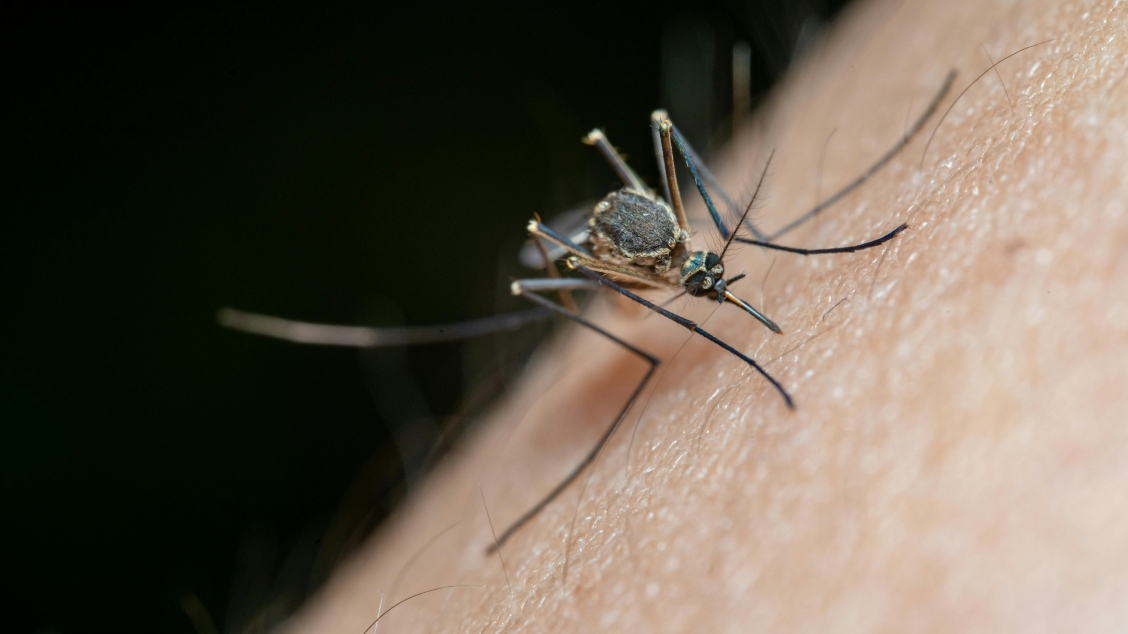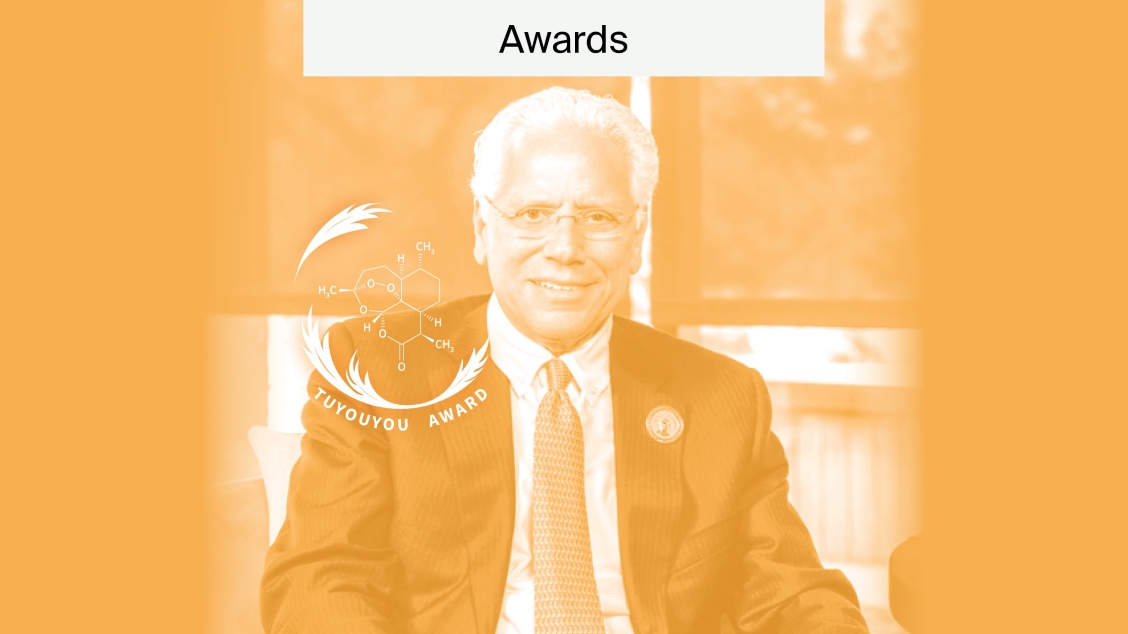
Insights from MDPI Top 5 Picks: March and April 2024
In this article, we explore some of the most highly accessed MDPI articles published throughout March and April 2024. Featuring research published in a wide variety of MDPI journals, we also reached out to some of the authors to learn more about their field and the importance of what they do.
Dichichthyidae, a New Family of Deepwater Sharks (Carcharhiniformes) from the Indo–West Pacific, with Description of a New Species
Taxonomy is the study of systematically organising all living and extinct organisms into their unique classes and groups. Exciting new research by Dr. White et al. published in Fishes, describes a new family and species of deepwater sharks. Below, Dr. White discusses the importance of this field of study, particularly for the future preservation of the planet’s biodiversity.
“Scientists consistently remind us that much of the world’s biodiversity remains to be described. A typical response to that is ‘Sure, but the species that haven’t been described are mainly invertebrates or micro-organisms’. This is simply not the case.
While species diversity has been relatively well-characterized for some vertebrate groups, like birds, our knowledge of most groups is patchy. We are discovering new species of sharks, bony fishes, amphibians, and reptiles on a weekly basis. Some of the species being discovered are so different from known forms that new family-level classifications must be erected to accommodate them, as in the case of the recently described bristle sharks.
So, how can it be that we’re discovering so many new species in a world that seems to have had every square inch of its surface documented with electronic maps and charts?
The answer is because those maps and charts are misleading. We have barely scratched the surface for huge swaths of the globe that are infrequently visited by people. Much of the world remains to be scientifically explored and documented first-hand, from high altitude mountain habitats to the abyssal depths of the world’s oceans.
An inconvenient fact is that scientists understand much less about the natural world than the general public think they do. We don’t even have an inventory of all the living forms that exist, to say nothing of how the life forms operate. That lack of knowledge prevents us from making accurate management decisions to protect our world’s biodiversity.
Taxonomy remains the foundation for all other life sciences and our paper on the family Dichichthyidae provide(s) a crucial foundation for our understanding of this unique group of sharks.”
Safety and Efficacy of Wharton’s Jelly Connective Tissue Allograft for Rotator Cuff Tears: Findings from a Retrospective Observational Study
This study published by Lai et al., in Biomedicines, describes the results of applying Wharton’s Jelly (WJ) to defects in the rotator cuff (RC)—a group of muscles and tendons that hold the shoulder joint together. This specific joint is prone to injury, with around ‘250,000 RC repair surgeries occurring each year in the US.’
WJ is found within the umbilical cord and is a substance rich in various types of collagens, hyaluronic, and growth factors. These factors are all known to ‘promote repair’ and hence could be an attractive substance to study and use in the context of regenerative science. The described study looks at the safety and efficacy of WJ grafts on RC defects.
The results showed that patients noted positive effects of WJ application with reports of reduced pain, stiffness, and improvement in function. Furthermore, the study showed that these positive effects were more common in older patients over 65. These interesting results could prompt further studies and the potential application of WC on patients who suffer from RC injury.
Real-World Outcomes of Patients with Advanced Epidermal Growth Factor Receptor-Mutated Non-Small Cell Lung Cancer in Canada Using Data Extracted by Large Language Model-Based Artificial Intelligence
Artificial Intelligence (AI) is a tool that is increasingly being used in healthcare, particularly in the field of cancer diagnostics, treatment, and patient management. This excellent technology has revolutionized the way doctors analyse patient data, with its ability to examine data with a high degree of precision and accuracy. Not only can AI be used to analyse medical images, such as tumor biopsies, but it is also able to identify patterns and analyse other forms of data, such as electronic health records.
New research, published in MDPI’s Current Oncology by Dr. Moulson et al., explores the application of AI technology on health records of non-small cell lung cancer patients with specific epidermal growth factor mutations. Here, Dr. Leighl briefly explains the current landscape of using AI in lung cancer research.
“Despite the emergence of new targeted treatment options, lung cancer is still the deadliest cancer in Canada. Our research seeks to improve patient outcomes and now, with Pentavere’s AI we can explore our entire lung cancer population in a way we’ve never done before. This AI is streamlining and accelerating our ability to collect lung cancer patient data on an ongoing basis, ask clinically relevant questions, and improve patient outcomes.”
Furthermore, Dr. Moulson explains that their research is the “first example of Large Language Models (LLMs) being used to identify rare lung cancer patients.” With this, they “aim to showcase to other institutions the possibilities that exist by leveraging their pre-existing data from Electronic Health Records (EHR).”
If you would like to read more about the application of AI in healthcare, click here.
Targeting the Hallmarks of Aging with Vitamin D: Starting to Decode the Myth
Understanding the intricate process of aging is important, especially in the context of studying age-related diseases.
Dr. Ruggerio explains what the aging process entails biologically, stating that the “hallmarks of aging serve as pivotal factors guiding the trajectories of our health as we age, acting as the fundamental biological processes underlying age-related changes. Beginning as adaptive adjustments in our third decade, they evolve into pathophysiological pathways over time, particularly influenced by environmental and lifestyle-related factors.”
A review published in Nutrients by Dr. Ruggeiro et al. provides us with a deep insight into what scientists currently know about Vitamin D and its role in the ageing process.
The review explains that the “evidence about the potential effects of vitamin D on the hallmarks of aging is scarce in humans.” The review aims to extensively summarise the current evidence on the role of vitamin D and its effect on the finely tuned process of aging.
Understanding the relationship between vitamin D and the hallmark of aging is incredibly beneficial. Studying this has given rise to recent evidence that using vitamin D could be used as “a promising intervention with the potential to target multiple hallmarks simultaneously, correlating with improved clinical outcomes.”
This could mean that vitamin D could potentially be used therapeutically, and “offer a comprehensive strategy for developing personalized approaches aimed at promoting (a) a longer and healthier human lifespan.”
Click here to read one of our articles on supplementing vitamin D in winter.
Namodenoson at the Crossroad of Metabolic Dysfunction-Associated Steatohepatitis and Hepatocellular Carcinoma
Our last top pick is a recent review published in Biomedicines, which provides a detailed overview and summary of the mechanism of action of Namodenson.
Namodenson is an anti-inflammatory and anti-cancer drug that is currently being tested in clinical trials for the treatment of hepatocellular carcinoma (HCC) – a type of liver cancer, metabolic dysfunction-associated steatohepatitis (MASH) and metabolic dysfunction-associated steatotic liver disease (MASLD) – both types of liver diseases.
The article explains that Namodenson reduces the stimulation of inflammatory factors known as Interleukins by initially targeting a key receptor involved in the inflammatory process known as A3 adenosine receptor (A3AR). The drug was designed and manufactured to specifically bind to this receptor, which has been shown to be upregulated in many types of cancers.
As the drug is ‘stable and hardly metabolized in the liver’, it makes it a good candidate for the treatment of not only liver cancer but also other types of liver diseases. As Namodenson binds to the A3AR receptor in cells, it inhibits PI3K activity, which is a key protein involved in the inflammatory response and cancer formation. This de-regulation ‘ultimately results in the inhibition of HCC growth’.
In the case of MASLD/MASH, the Namodensin works a little differently. Here, Namodensin activated certain proteins called transcription factors (TFs). Activation of these specific TFs then results in promoting protective effects of the liver, or ‘hepatoprotective effects.’
The article runs through pre-clinical and current clinical data on the use of Namodenson for the treatment of HCC, MASH, and MASLD, confirming its promise as a ‘non-toxic anti-inflammatory and anti-cancer agent in the liver’, and its ‘liver protective effects in clinical studies’.
To read more of the exciting and latest research published, see the list of MDPI journals.










